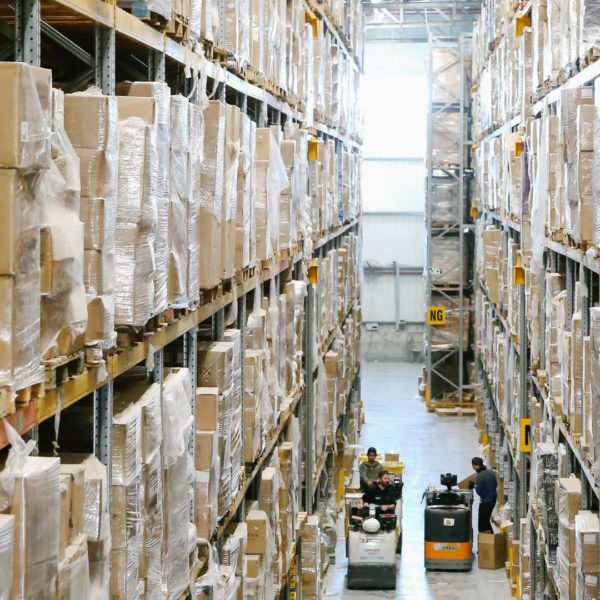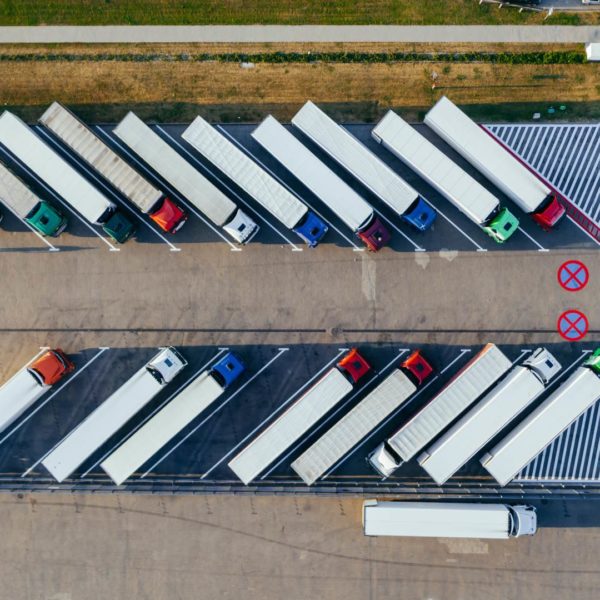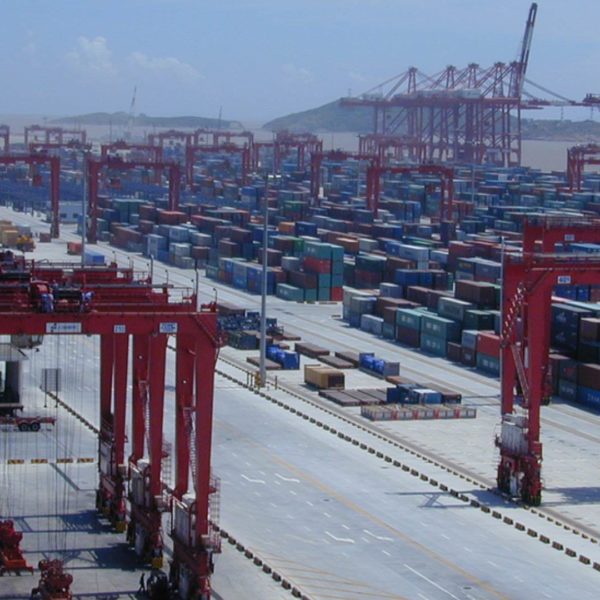In our recent article on Olympics Logistics we touched on that around 300 horses we transported internationally from hundreds of countries to join the Olympic Games in Tokyo.
Since most in the logistics and supply chain world haven’t had the experience of transporting horses, here’s a bit more detail on how the process works.
An extensive selection of paperwork is first required to document and clear each horse for travel. The equivalent of a horse passport is needed for international clearance.
Horses are required to be medically cleared before the approval for international travel to the Olympics, with vets checking on the Olympic-bound horses for weeks before their flight to ensure they have no health issues or transmissible diseases that could be spread to other horses visiting the games.
Traditional horse trailers and trucks are used to move the horses from their farms to the air terminal where they will be loaded into special crates that resemble small paddocks. These aren’t the normal horse trailer you might see driving around. These are specially designed transport trucks that are air-conditioned and specially designed for the job. The use of hydraulic lifts and float wheels facilitate loading the flying stalls into typically converted cargo aircraft. For the Tokyo Games, 15 flights will be involved in moving horses to and from the games.
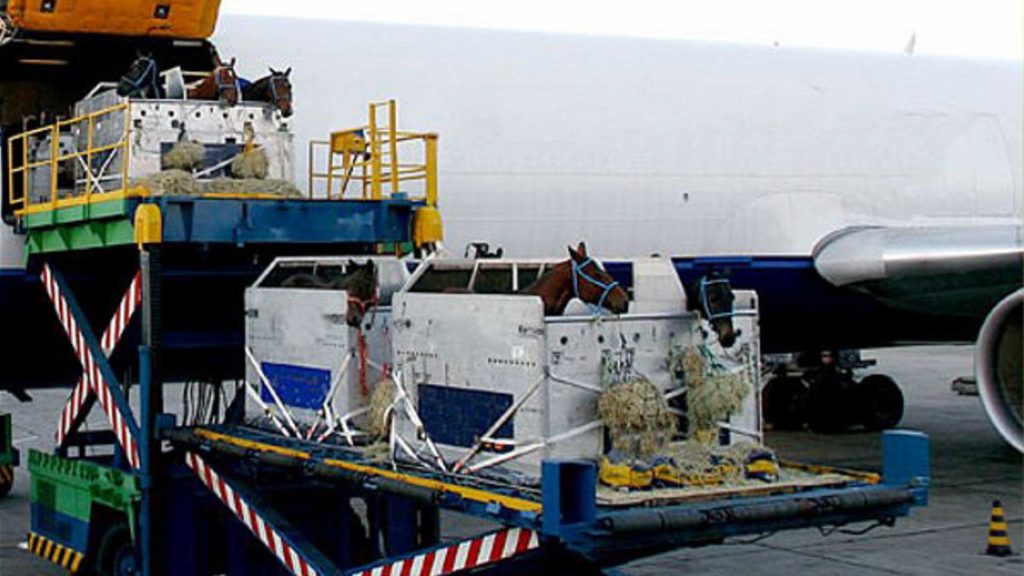
For the Tokyo Games, a cargo version of the popular 777 was used, this time from Emirates airlines. In the past other Boeing cargo aircraft have been used like a 747. Temperatures are carefully controlled in the cargo area as well to make the flight as comfortable as possible for the horses. For logisticians, horses and their gear take up a lot of space and have special requirements but aren’t all that heavy compared to other palleted cargo. Typically Olympic horses will weigh between 1,000-1,800 lbs.
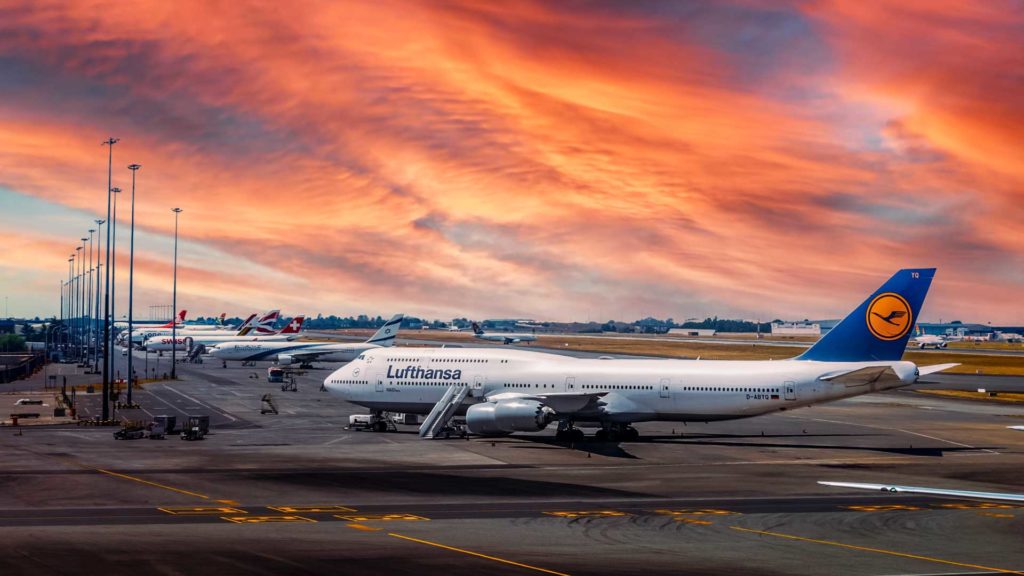
To ensure that the travel remains incident-free as staff of vets and caregivers is on duty to watch over and take care of the horses while in the air and moving via truck. Often for animals being transported, dehydration is a significant and common problem. For the horses on Olympic flights, hydration is ensured by lots of water and high moisture content feed.
In addition to the horses themselves, their feed, such as grain, hay must also be carried. With near 30,000 lbs of food needed for the near 300 horses in Tokyo. Often horses will consume 4-5 pounds of protein-containing food per day – think grain! And another 4-10 lbs per day of hay or haylage.
Other horse equipment is also moved with the horses, such as any saddle, tack, etc that would be needed to care for the horses and needed for them to compete.
How much does this all cost? Well quite a bit, reports suggest rates per horse are between $30,000 to $50,000 per horse! The horses themselves can fetch prices well over $100,000 and up to near a million dollars depending on their experience, event history, and ownership. With one record-breaking showjumping horse rumored to have sold for over $10 million.
Just like with the rest of the Olympics, each element requires a significant amount of planning and the additional stress and care that must be taken to properly care for the horses and keep them comfortable. The delay due to the covid-19 pandemic and related additional issues make each step of the logistics and planning process more difficult, time-consuming and expensive.
Amazingly, there are other events and competitions that involve similar international air transport of horses, even if not quite on the same number of horses as the Olympics. Numerous international dressage, racing, and jump events are held, both in the US, UK, Germany, France, and other nations. All of these events require similar planning and coordination of transportation elements to ensure safe trips for the competing horses. These other events can actually have many more horses present, with some of the larger events having between 1,000-3,000 horses present, but most are domestic to the country of the event.
Planning for individual Olympic games typically starts 6-8 years before the games actually start, with different sports and committees using this time to properly plan and design their shipping process. No doubt the shipping plan using in Tokyo is already being noted and refined for use at the upcoming Paris Olympics.
Zmodal is a top intermodal shipping company providing door-to-door intermodal, and full truckload services nationwide throughout our digital supply chain dashboard which provides easy route searching, booking, document management, and analytics. CONTACT US if you want to lower your supply chain costs or want access to North American intermodal capacity.
Recommended for Further Reading:
Rio Olympic Horses Record Sale Price

